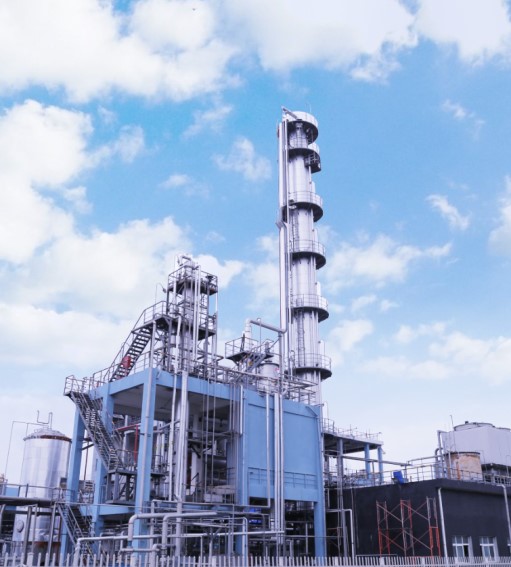New aerospace composite materials
Catering to the national demand for developing novel lightweight and multi-functional composite materials, a rapid and low-cost composite process for advanced ablation-resistant powder-doped composites has been developed. Furthermore, methods of regulating the composites’nano-micro structure and interfacial properties have been established, based on which high-performance composites have been successfully manufactured. These achievements strongly support the development of next-generation aerospace materials.
Extraction of low-concentration strategic metals from complex systems

Fig. 1 Multi-group Coordination Enhances Selectivity

Fig. 2 Schematic Diagram of Molybdenum Hydrate Inorganic Ion Exchanger and CS-O Multi-group Coordination
Comprehensive utilization of strategic mineral resources in salt lake brines and seawater is of high importance. Nevertheless, the concentrations of strategic metals (such as lithium, cesium, uranium, etc.) in brines and seawater are very low and these metals co-exist with many similar metals (such as sodium, and magnesium) whose concentrations are several magnitudes higher, significantly hindering the extraction of strategic metals. Adsorption and ion exchange are generally used for the recovery of low-concentration metals, but low-selectivity is a commonly confronted challenge. Given the above problems, the Division has developed hyper-crosslinked porous organic polymers with synergistic coordination of phenolic hydroxyl and ether oxygen groups. In addition, an innovative strategy was proposed to improve metal ion selectivity by combining multi-functional group coordination with nano-confinement size effect. Moreover, an electrically controlled inorganic ion exchanger based on molybdenum was developed, with SF(Cs+/K+) up to 50, which was much higher than the reported adsorbent SF(Cs+/K+) =1-10, with SF(Cs+/Ca2+ Mg2+, etc.) > 10000, which was 102-104 times higher than the previously reported adsorbents SF(Cs+/Ca2+ Mg2+)=10-103. The separation process could further be intensified electrochemically and could potentially be used for separations related to brines. These innovative ideas have been extended to the development of magnetic bead kits, which could efficiently separate trace components. These achievements won the first prize of the China Association for Instrumental Analysis in 2021.
Key technology of producing ultra-pure G4/G5 electronic grade phosphoric acid and highly selective etching solution for chips
The removal of trace impurities, such as As/Sb/Fe/Cr/Ni, has been constraining the development of the high-end phosphorous chemical industry in China. To solve these problems, the Division has developed a specific nitric acid oxidation reactor, which has tripled the efficiency of impurity removal. Besides, we have developed a package of processes and equipment for yellow phosphorus production, including mathematical models, CFD simulations, and ultra-pure packings for separation columns. These results have led to the production of yellow phosphorus in a collaboration company on a scale of 10,000 tons per year, which is the only industrialized process in China (Fig. 3). By optimizing the reactor nozzle, and monitoring the flow and temperature fields, a directional anti-corrosion technology with phosphoric anhydride membrane has been developed. Concerning the cascade cooling process of phosphoric acid crystallization, the scaling-up and precise control of phosphoric acid crystallizer have been realized. These research outcomes have broken the foreign monopoly, achieved a domestic market share of over 70%, and won the second prize of the 2019 National Science and Technology Progress Award.

Fig. 3 Industrialized process of yellow phosphorous production (10,000 tons/year)
 Search
Search



 京公网安备110402500047号
京公网安备110402500047号